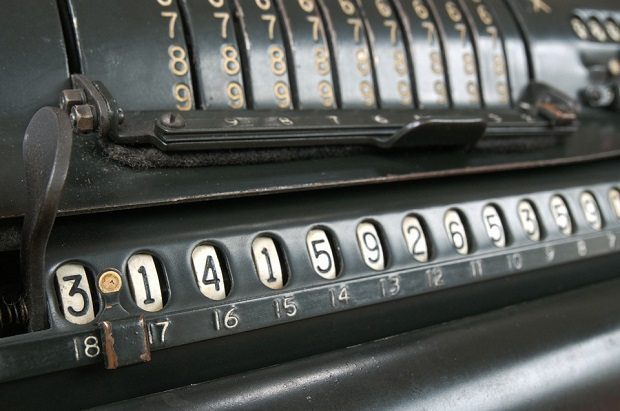[dropcap style=”font-size:100px; color:#992211;”]W[/dropcap]hen freed from the restrictions of traditional patriarchal societies, it turns out that girls perform far better at mathematics.
Imagine that! Maybe if in the same societies, they were allowed to drive, or attend universities, or work, or generally live as freely as their male counterparts, women could even get BETTER THAN MEN at all sorts of tasks and challenges.
Who could possibly feel threatened by that?
Research co-authored by Queen Mary University of London (QMUL) has found that the ‘maths gender gap’ – the relative underperformance of girls at maths – is much wider in societies with poor rates of gender equality. Published today in the American Economic Review, the research shows that the performance gap between girls and boys is far less pronounced in societies that hold progressive and egalitarian views about the role of women.
The researchers analysed the relationship between maths scores of 11,527 15-year-olds living in nine different countries and the Gender Gap Index (GGI) in their country of ancestry. The GGI measures economic and political opportunities, education, and well-being for women.
Almudena Sevilla, co-author and Professor of Labour Economics at Queen Mary University of London explains: “These boys and girls grew up and live in the same country, but their parents came from elsewhere. So, differences in how well girls perform compared to boys – given that they are in the same environment and exposed to the same institutions – is likely to be the result of parents (or their social network) transmitting values about gender equality to their kids.”
Progressive Societies
The researchers found that the more gender equality in the country of ancestry, the higher the maths scores of girls relative to boys living in the same country. The findings were significant and robust even when the researchers controlled for other individual factors that may affect youths’ maths performance. In particular, the results show that an increase of 0.05 points (or one standard deviation) in the GGI is associated with an increase in the performance of girls in maths, relative to boys, of 7.47 points – equivalent to about one and a half months of schooling.
Natalia Nollenberger, co-author and Researcher associated with the IE University added: “Use Turkey as an  example of a country that has a poor rate of gender equality (0.58). Girls of Turkish ancestry underperform boys of Turkish ancestry by an average of 13.8 points. Our data show that if Turkey had a higher rate of gender equality closer to the average country of ancestry in our sample (0.69), then the maths gender gap between boys and girls of Turkish ancestry would disappear.”
example of a country that has a poor rate of gender equality (0.58). Girls of Turkish ancestry underperform boys of Turkish ancestry by an average of 13.8 points. Our data show that if Turkey had a higher rate of gender equality closer to the average country of ancestry in our sample (0.69), then the maths gender gap between boys and girls of Turkish ancestry would disappear.”
Previous evidence had already found a correlation between societal factors and the maths gender gap, but could not establish a firm cause.
“Most importantly”, explains Nuria Rodriguez-Planas, co-author and Associate Professor of Economics at City University of New York, Queens College: “this earlier work was unable to establish whether the performance gap is due to girls expecting lower returns from maths in terms of the labour market and the education system, or whether it’s due to a message that maths is essentially not for girls. The former is about institutions, while the latter is about values. Our research looks specifically at values like gender equality and we’ve found that yes, values and views about women really do matter in this context.”
The researchers described the results as a contribution to a policy problem of “first order importance” as it highlights the relevance of gender social norms on girls’ educational outcomes. They argue that policies which attempt to change cultural values about women’s role in society “may prove decisive in reducing the maths gender gap”, which is accepted as a contributing factor in the gender pay gap.
Methodology:
This research uses a sample of 11,527 15-year-olds who come from 35 different countries of ancestry and live in 9 different countries, and their maths gender gap averages 16 points, the equivalent to four and a half months of schooling.
Maths scores come from Program for International Student Assessment (PISA), and the GGI comes from the 2009 World Economic Forum.
Source: Eurekalert/Queen Mary University of London
Published in American Economic Review

Some of the news that we find inspiring, diverting, wrong or so very right.






















